Of the millions of musical instruments that have been crafted over the centuries, most meet an expected and unceremonious ending.
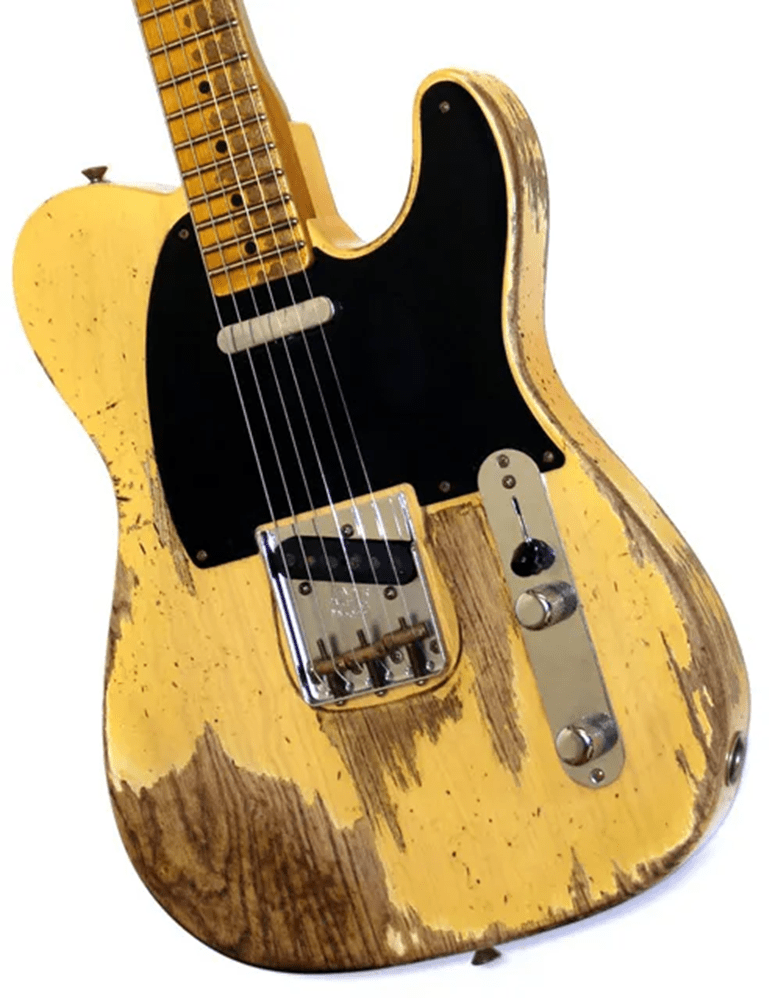
In some fashion, they are retired. They become broken, lost, or just plain worn out.
But sometimes, they are re-discovered and go on to create new music.
Here are a few situations where a particular instrument ended up changing hands – and received a new assignment.
The Famed Instrument:
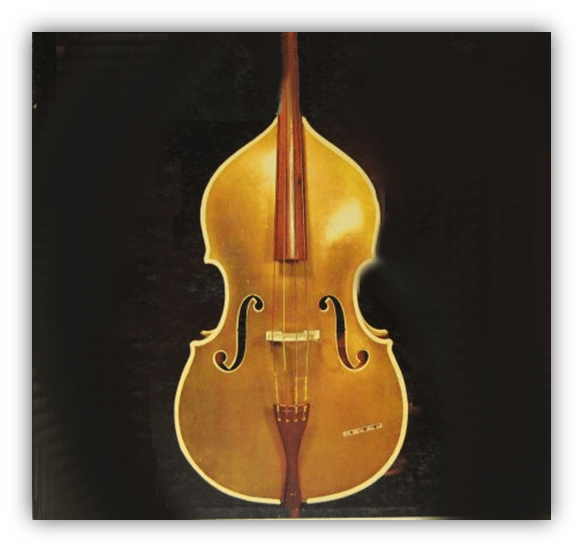
This Kay M-1 Maestro Upright Bass
Where You’ve Heard It:
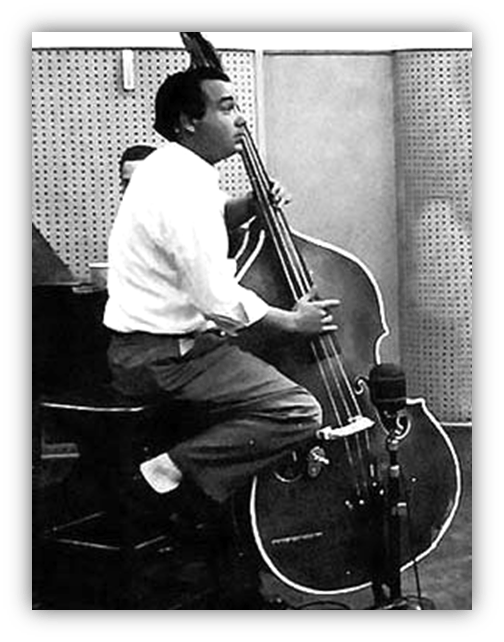
On just about all of the early Elvis Presley hits.
Bill Black was Elvis Presley’s original bassist and played on many of his early records. “Hound Dog,” “That’s All Right,” and “Good Rockin’ Tonight” are just a few that feature Bill on the M-1.
Where It Ended Up:
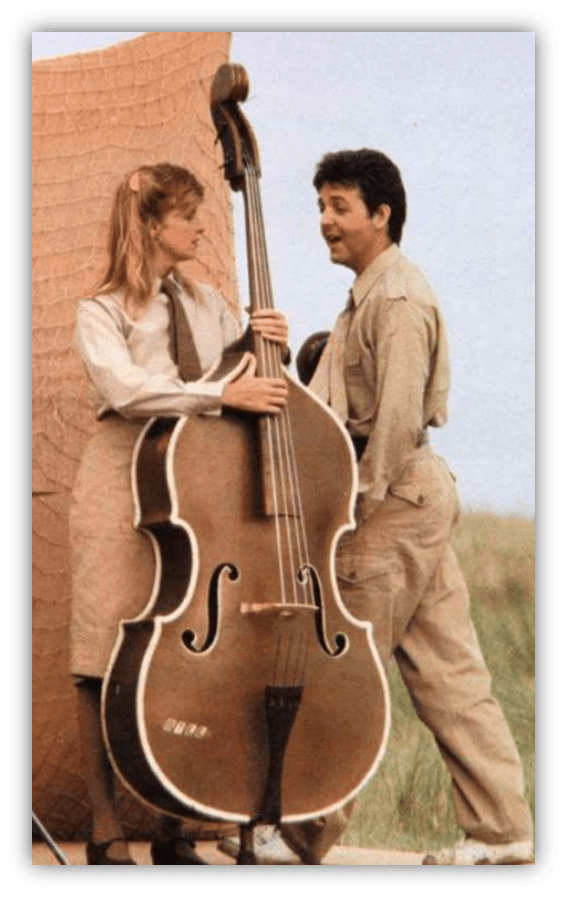
In the capable hands of Paul McCartney.
In addition to being a talented photographer, it turns out that Linda McCartney was a pretty decent sleuth. She tracked down the very same Kay upright that the late Bill Black had used for years as his go-to instrument. Linda surprised her dear husband with the bass in the late 1970s.
Bill Black’s daughter, Nancy Shockley, had a very emotional reaction when she discovered that Paul McCartney had her father’s bass. She had fond memories of her father playing when she was a child. In 2006, she saw McCartney playing the bass on a PBS special.
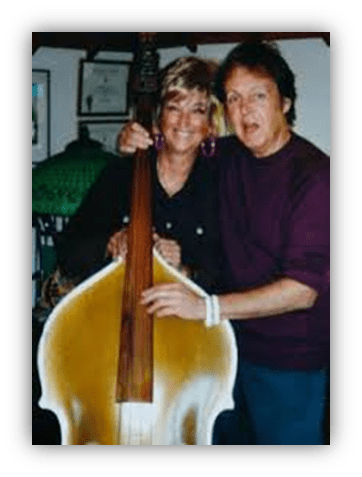
This led to a remarkable reunion where Nancy met Paul at his home studio in England, and listened in remembrance of her dad- as McCartney played the signature notes of “Heartbreak Hotel.”
Where You’ve Heard It – Again:
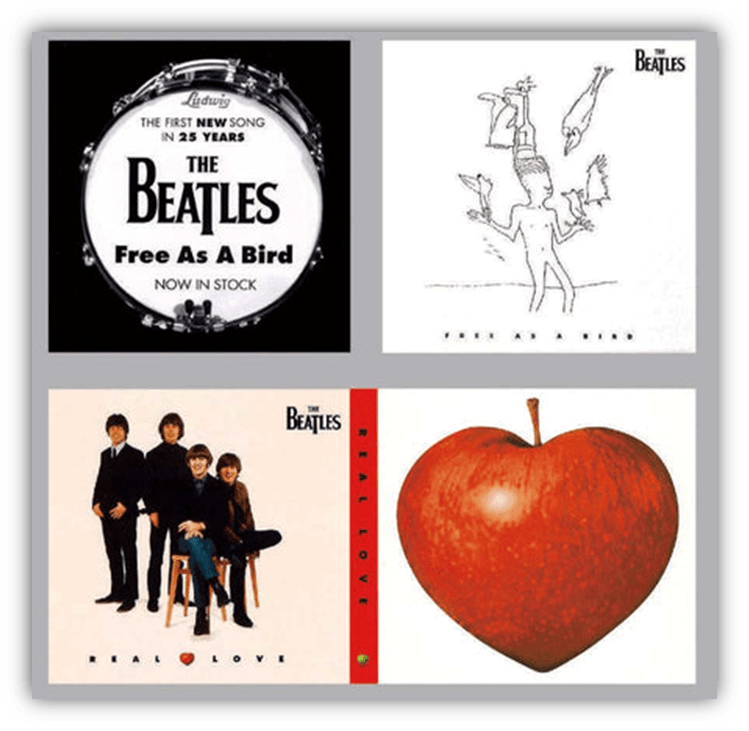
McCartney used the vintage bass on both “Free as a Bird“ and “Real Love – ” the two new songs recorded in 1995 with the two remaining Beatles.
Here’s Sir Paul in his own words. You can hear the reverence for both the instrument and Bill Black in his voice:
The Famed Instrument:
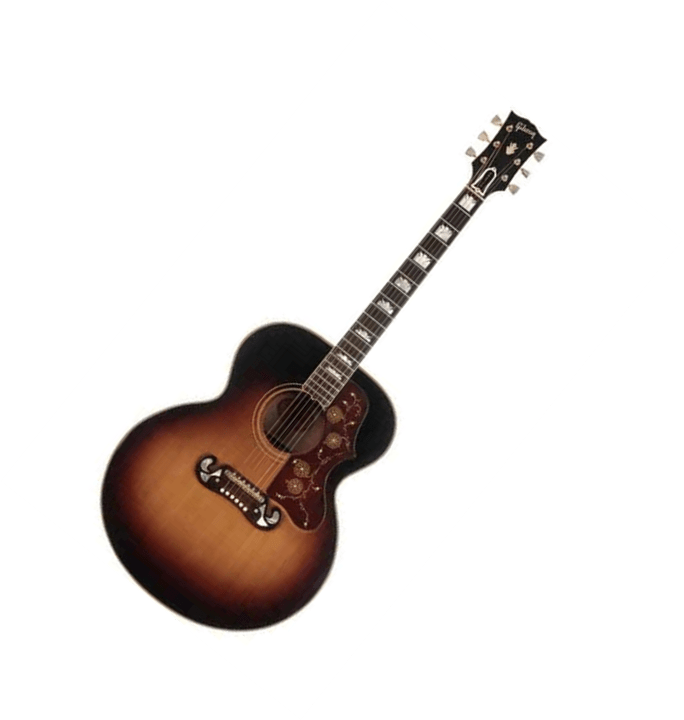
This 1963 Gibson J-200 acoustic guitar
Where You’ve Heard It:
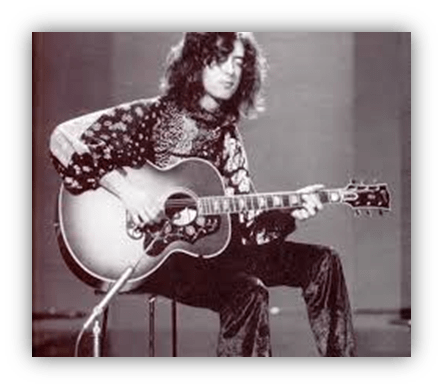
On the debut Led Zeppelin album.
Although primarily known for the hard rock sounds featured on most of the tracks, Led Zeppelin I featured some excellent acoustic work by Jimmy Page. A notable example is “Babe I’m Gonna Leave You,” a folk song originally written by Anne Bredon in the late 1950s and also famously covered by Joan Baez.
Where It Ended Up:
Back with its original owner:
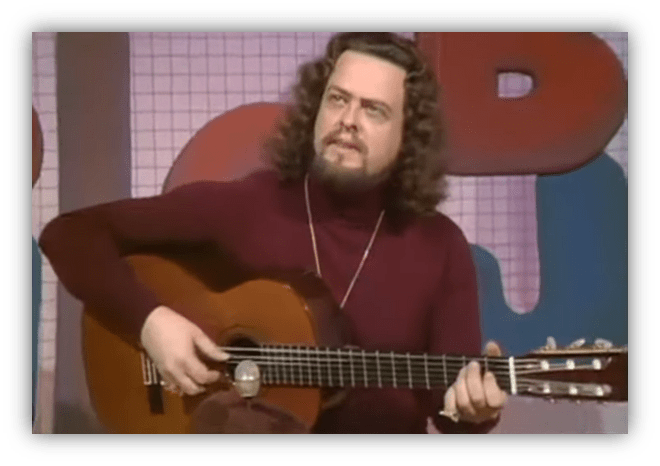
Veteran British session guitarist Big Jim Sullivan.
Big Jim could be considered the British 6-string doppelganger to drum legend Hal Blaine. Sullivan played on an astonishing sixty number one records the UK. Some of might remember him performing with Tom Jones on the old ABC-TV variety show stage, each week recreating the recording of “Its Not Unusual” as the series’ theme song.

For the Led Zeppelin I sessions, Sullivan loaned the Gibson to fellow former studio session-bro Jimmy Page, who kept it for a long while…
…Until Sullivan needed it back. For what was, if we’re counting, his zillionth studio project:
Where You’ve Heard It – Again:
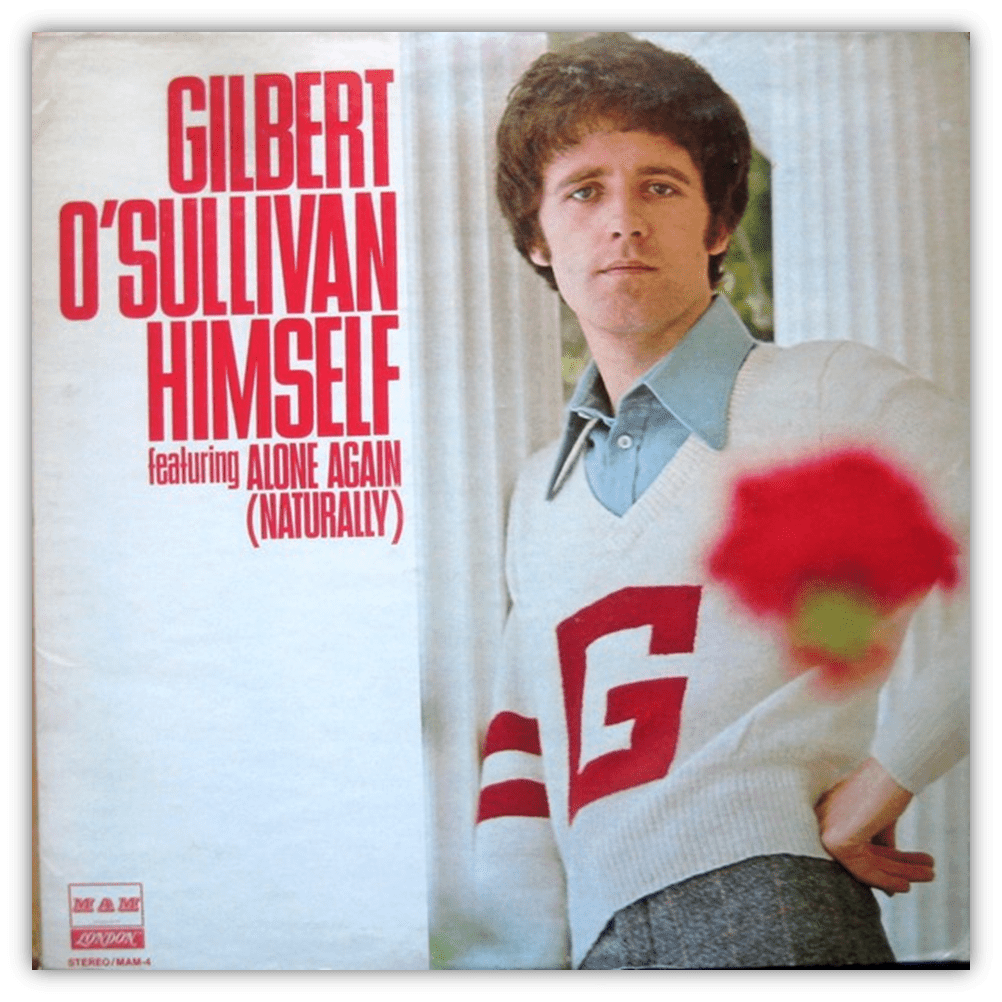
That’s Big Jim on the same Gibson J-200, playing the sweet guitar solo in the middle of the Gilbert O’Sullivan hit, “Alone Again (Naturally.)
The Famed Instrument:
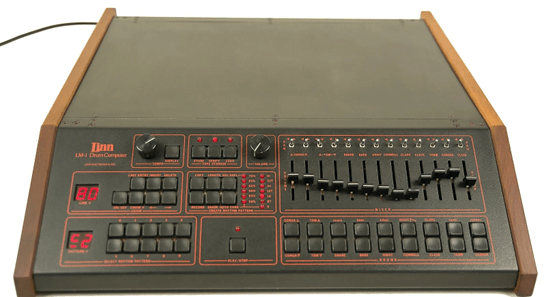
This Linn Drum LM-1
Where You’ve Heard It:
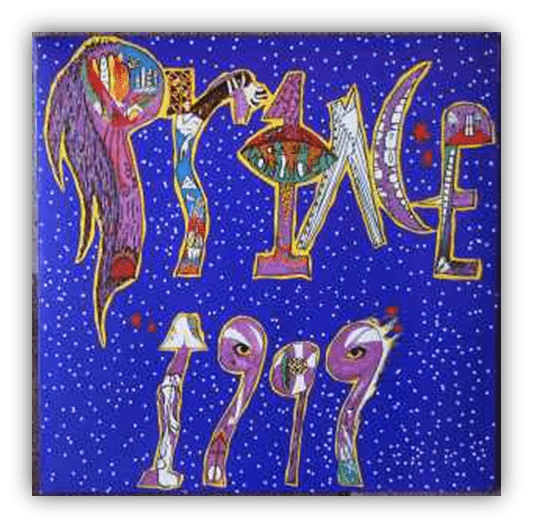
On hundreds of records, but in this example: on an album called 1999.
The Linn LM-1, released in 1980, was the first drum machine to use digital samples of real drums, revolutionizing music production. It became a studio staple in the 1980s, used by artists like Prince, Michael Jackson, and Peter Gabriel to create iconic drum sounds.
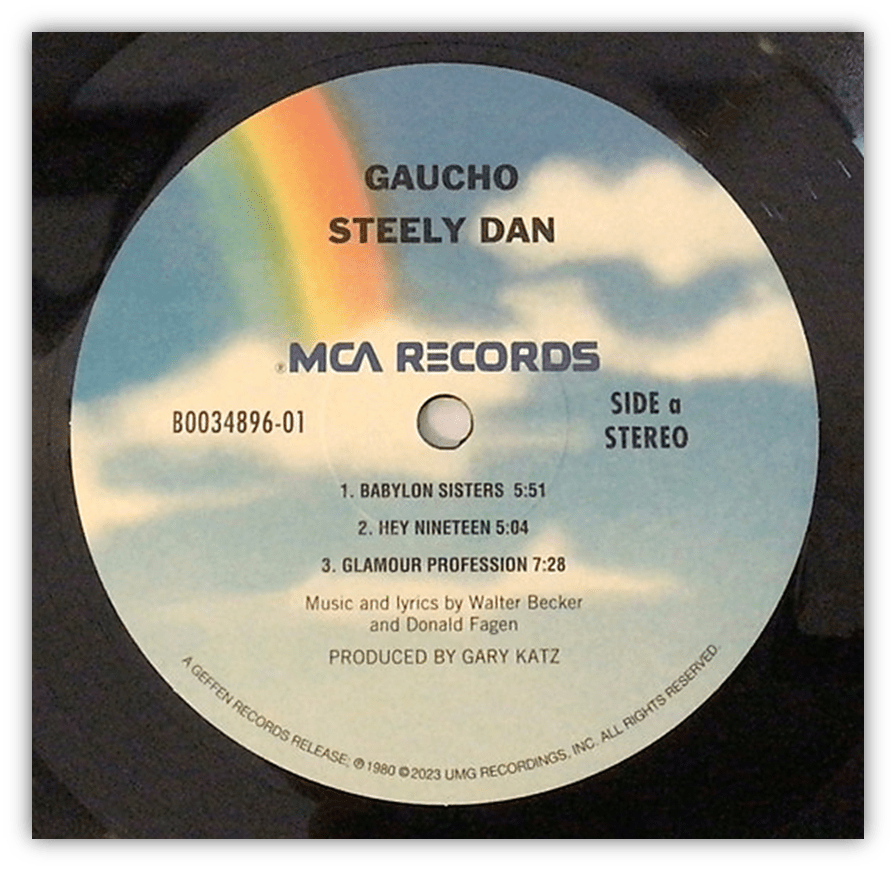
If you’ve ever grooved to “Hey Nineteen” or “Babylon Sisters,” you’ve heard the Linn Drum LM-1.
Prince was one of the earliest and most famous artists to use the LM-1, incorporating it into several tracks on his groundbreaking 1982 album 1999. The LM-1’s punchy, digital drum sounds became a hallmark of his early 80s sound, particularly on tracks like “Little Red Corvette” and “1999.”
Where It Ended Up
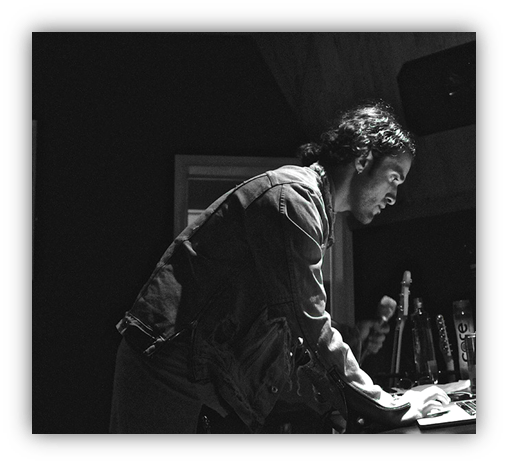
With The Weeknd.
Through his collaborations with Daft Punk, The Weeknd was able to acquire Prince’s original and historically significant LM-1 in 2016.
Where You’ve Heard It – Again:

The sound of Prince’s original LM-1 helped create a nostalgic 1980s vibe, blending vintage and modern elements in the production to the track “I Feel It Coming.”
The Famed Instrument:
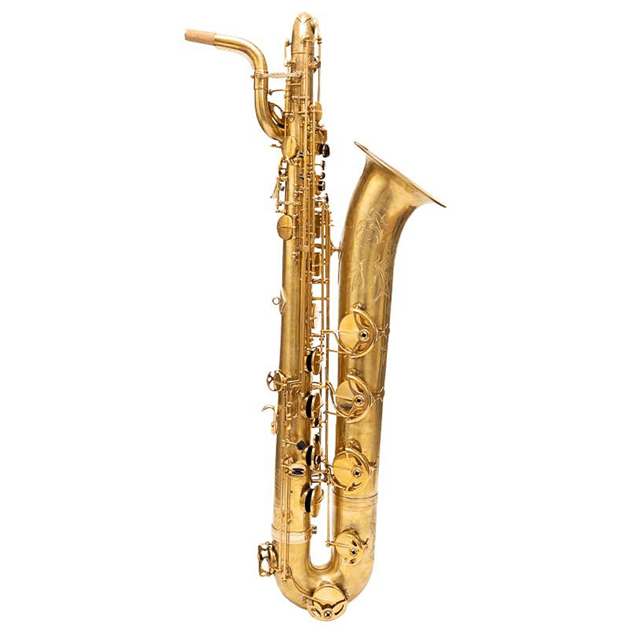
This 1961 Selmer Mark VI baritone saxophone
Where You’ve Heard It:
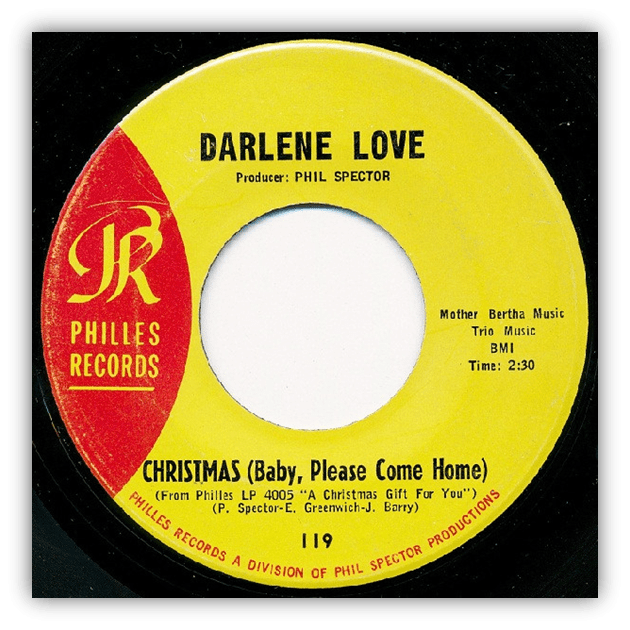
Smack-dab in the middle of the original “Christmas (Baby Please Come Home)”
The Selmer Mark VI model was produced from 1954 to 1974. It remains highly regarded for its superior craftsmanship and warm tone. One of it’s most notable appearances on record was a delightful baritone solo on the 1963 Darlene Love holiday classic.
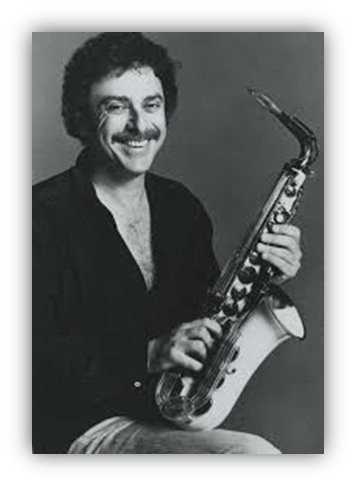
It was written and performed by the instrument’s owner: Legendary session player Steve Douglas.
Where It Ended Up:
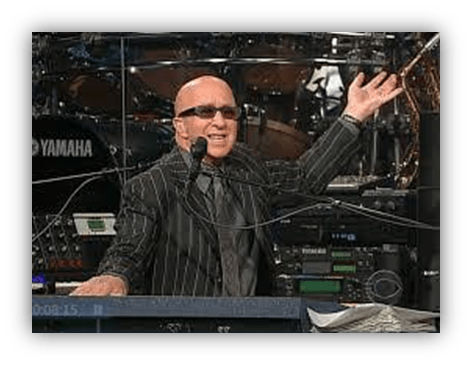
In the hands of Late Night / The Late wShow With David Letterman music director Paul Schaffer.
It had became a tradition for Darlene Love to perform “Christmas (Baby Please Come Home)” for The Late Show with David Letterman Christmas episodes. Schaffer strived annually for an ever-increasing level of sincerity and homage to the original Phil Spector arrangement and production.
For the critically important sax solo, each year he entrusted band member Bruce Kapler to do the honors.
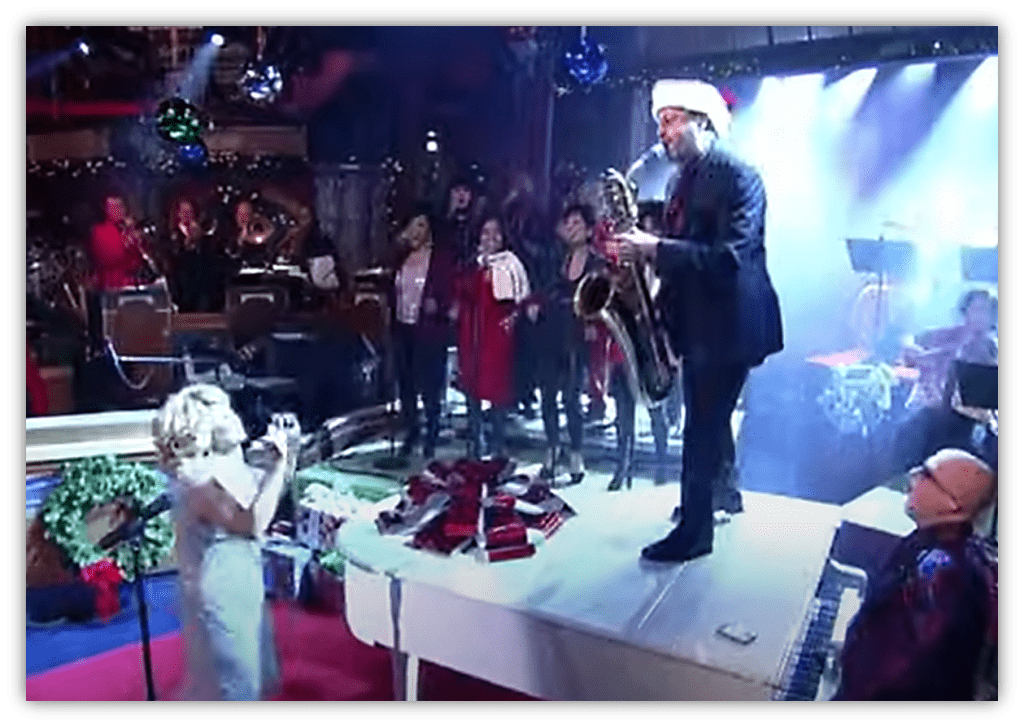
Wanting to incorporate an even greater authenticity into the performance, Shaffer tracked down and bought the sax from Douglas’ estate – so that the actual horn played by Steve Douglas on the original recording could be used by Kapler.
“When Paul first got the horn, I said I would take it to my repair guy to have it checked out,” Kapler recalled. “Paul said, ‘Just don’t take any of the dents out!’ Legend has it that one of them was caused by Elvis Presley after he knocked the horn over on the set of Jailhouse Rock!”
Unlike the hundreds of thousands of musical instruments that end up lost to history, these are a few notable survivors.
Thanks to the respect and perspective of others, Douglas’ bari sax, Prince’s Linn Drum, Big Jim Sullivan’s J-200, and Bill Black’s upright bass were rediscovered:
And had a second chance to provide musical joy.



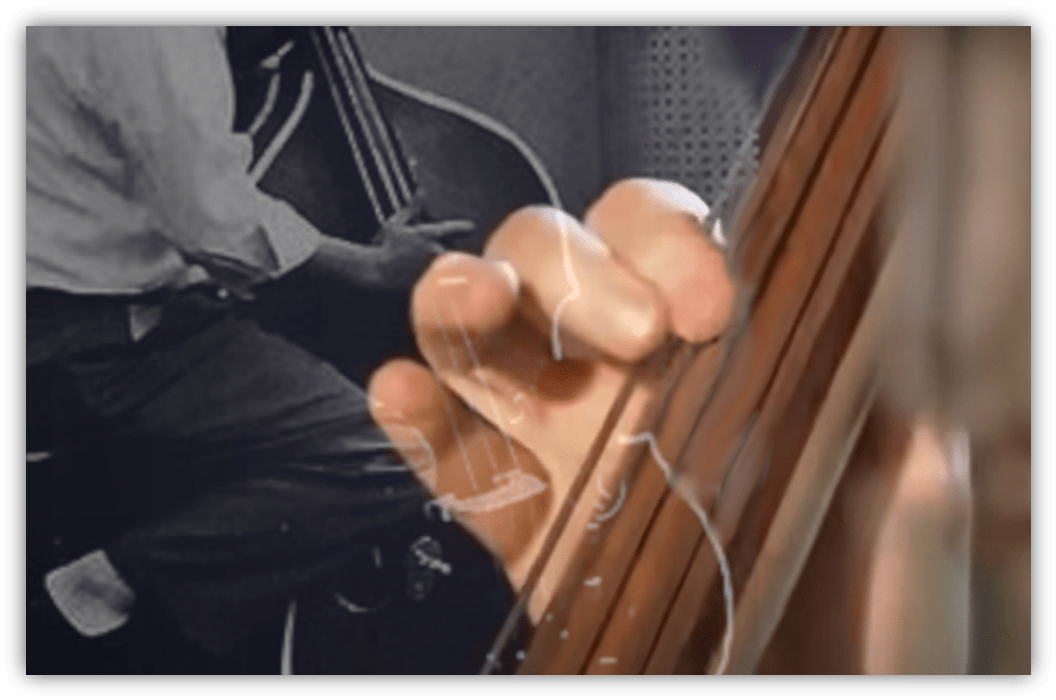


It’s the mt58 version of The Red Violin! Cool topic. Didn’t think I’d be reading about a baritone sax today, and yet here we are. Even just thinking about a bari sax solo on a hit record reminds me that we used to live in a proper society. I just really love ridiculously huge instruments that can play notes that scrape the outer surfaces of the earth’s core. Now if you can work in the contrabassoon in a future article…
Big Jim Sullivan looks like he came straight from central casting as the heavy for a 70s crime lord. I’m sure he nailed his part in one take every time, but if there was a chance he didn’t, I wouldn’t want to be the one to tell him to do it again.
I love that your metric for culturally enriched, evolved, productive and civilized society is correlated to the frequency of use of baritone saxophones
Can’t argue with that..
Oh it’s just one reminder. There are many, my friend.
I knew about Bill Black’s bass but the others are new, cool stories. At first I was surprised Paul Schaffer would buy a sax, but then it all made sense. Besides, he probably plays a million instruments.
When John Entwhistle died, his 200+ basses went up for auction. I still have the catalog, but the catalog was all I could afford. Too bad, I really wanted his one of his Fenderbirds. I wonder where they are now….
The Weeknd bought all of them. They’re with Prince’s Linn drum machine and the formerly lost masters from the Eddie and the Cruisers A Season in Hell sessions.
Excellent stuff. I like that the Gibson acoustic went from Led Zeppelin to Gilbert O’Sullivan. Some might consider that a downward trajectory but the instrument doesn’t mind. No room for sentiment or notions of credibility, the only thing that matters is its got the right sound and a job to do.
Nice piece. I always liked the instrumental portion of “Alone Again Naturally,” even when the rest of it was too much to stomach. Now I have a clearer idea why.
mt58, you’re full of all sorts of good information! This was a fun read, and all of it was news to me.
❤